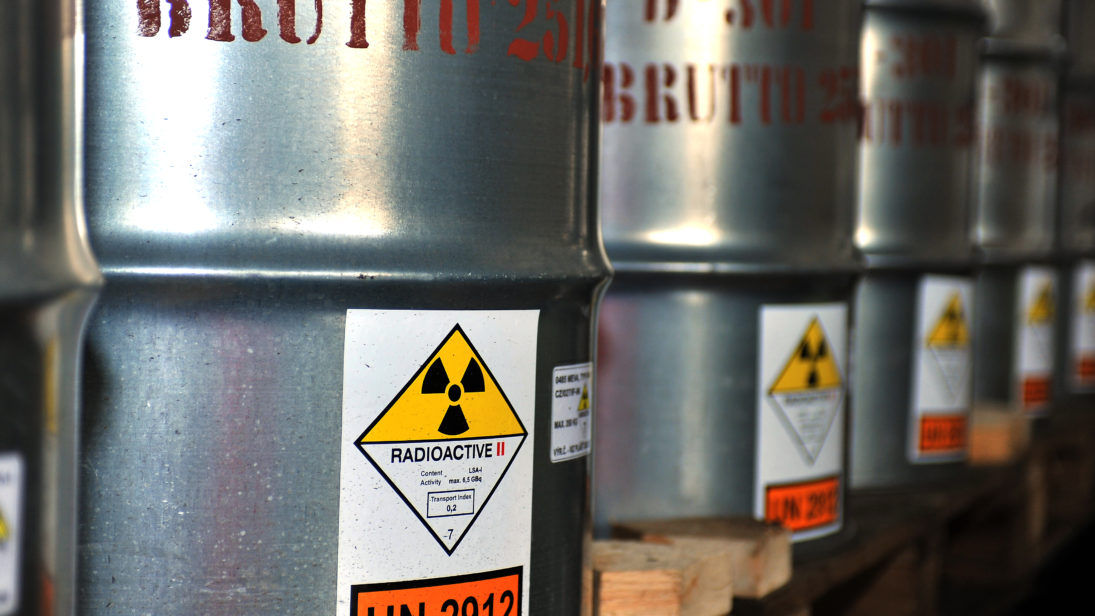
To ascribe a ballpark figure to the Indian and Pakistani nuclear inventories has become a matter of predicament since the aftermath of the 1998 nuclear tests. Especially stockpiles of highly enriched uranium (HEU) and separated weapons-grade plutonium of both countries are under apprehension since then. Fissile materials are the key ingredients to formulate a nuclear weapon. Access to these estimates provides a direct indication of countries’ nuclear stockpiles along with their capability of developing nuclear warheads. Therefore, the matter is always maintained as highly classified.
Stockpiles of both civil and military fissile materials have to be taken into account. The International Panel on Fissile Material has been compiling information regularly largely on global stocks of fissile materials. According to SIPRI, global stocks as of 2014 include highly enriched uranium at 1,345 tonnes, wherein the separated plutonium divided into military stocks and civilian stocks separately are 223 and 270 tonnes, respectively.
Generally, discussing materials that can sustain an explosive fission chain reaction are essential for all types of nuclear explosives, from first-generation fission weapons to advanced thermonuclear weapons. As already narrated, the most familiar of these fissile materials are HEU and plutonium. For that reason, the United States, Great Britain, France, Russia, and China have produced both plutonium and HEU in order to fulfill their nuclear weapons demands.
Contrary to de facto nuclear powers, Pakistan has been using HEU mainly for its nuclear program whereas India, North Korea, and Israel have been relying mainly on plutonium for their nuclear programs. As a matter of fact, all the states pursuing civil nuclear industry have minimal capabilities (owing to their enrichment and reprocessing plants) to divert fissile material for military purpose or its weapons-graded programs. But India for instance, already has large amounts of reactor grade plutonium, enough to manufacture up to 350 plutonium-based warheads (as of 2010).
Besides, the reactors granted to India in the India–U.S. nuclear deal support more than just its civil nuclear industry. Few of these are said to be under safeguards, but the rest of the ones that are already in operational condition are questionable. This is in view of the fact that India has been asked to halt the production of fissile material for its weapons development program by working mutually with the United States to the conclusion of the Fissile Material Cut-off Treaty (FMCT). This was a pre-requisite condition in the India – U.S. nuclear deal, but regretfully the condition was unable to be met. So it could be inferred that India would employ the fissile material obtained from its already installed reactors for military purposes, which are not under safeguards. Also according to calculations by the RAND Corporation, “commercial reprocessing operations in France, Britain, Japan, and India are separating about 25,000 kg of plutonium per year from spent power reactor fuel.” Further, this would ultimately be a proliferation concern as it could give birth to the vertical proliferation and up-gradation of weapons.
Today, India is the world’s largest arms importer. According to The Express Tribune, “the Indian defense budget is set to hit a record high of $40bn, whereas Pakistan’s budget is just $6.002bn.” Between 2005-2009 and 2010-14, India’s imports increased by 140 percent. In 2010-14 according to SIPRI, India’s imports were three times larger than those of either of its regional rivals – China and Pakistan. Although it is unaffordable for Pakistan to erect sufficiency level with Indian conventional capabilities, the endeavor is just to maintain an equilibrium vis-à-vis the central dilemma with Pakistan’s deterrence posture that does not allow it to halt expansion. Ironically, if a state knows the limit of its threshold, only then can it halt the expansion of its nuclear arsenals or more precisely, beyond which a state does not need to expand its nuclear arsenal. Consequently, it is Pakistan’s response to India’s major arms build-up and expansion and modernization of its capabilities, both qualitatively and quantitatively. It is necessary to clarify the misconception regarding Pakistan’s position amongst the other nuclear states. Pakistan’s former ambassador to the UN, Munir Akram, very appropriately said, “Pakistan is not the fastest growing nuclear arsenal. In fact, with the revival of their Cold War post the Ukraine crisis, the United States and Russia have deployed the largest number of additional nuclear weapons last year.”
Pakistan has approximately 120 nuclear warheads – HEU for 100 and plutonium for 20 warheads. India has approximately 110, with weapons grade plutonium for more than 100. India’s HEU stock is believed to be for naval purposes. New Delhi has approximately 520 kilograms of plutonium available for nuclear weapons – enough for 100 to 130 warheads – and up to another 11.5 metric tons of reactor grade plutonium in spent fuel, which could be reprocessed for developing bombs. In regard to HEU, Pakistan and India has 2.7-3.0 and 2.4 metric tons, respectively. Also, the India – U.S. nuclear deal is of great benefit to India, since it has mammoth capacity to produce uranium that could be used for military purposes.
Akin, Kazakhstan signed a similar sort of nuclear accord with India recently that aims at supplying 5,000 tonnes of uranium over the next five years to India. Similar cooperation has been carried out with Japan, Australia, and Canada too. Hence, all of these nuclear deals show India’s eagerness of uranium acquirement. Accordingly, military fissile material production capabilities would nurture vertically, increasing global stockpiles of fissile material.
***
Image: IAEA, Flickr


